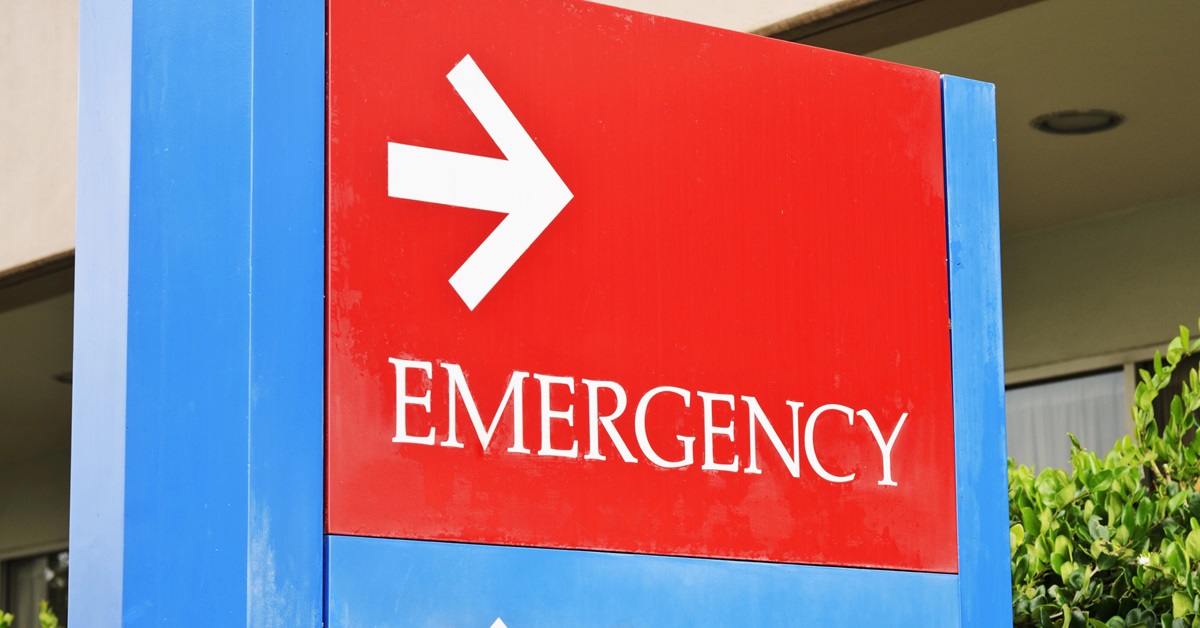About 88% of non-institutionalized adults 65 and older in the United States had at least one of these nine frequently treated conditions among adults aged 65 and older. See Figure 1 for the percentage of adults treated for:
- hypertension,
- hyperlipidemia,
- arthritis and other joint disorders (including joint pain and back pain),
- nervous system disorders,
- heart disease,
- diabetes,
- cancer,
- mental disorders, and
- chronic obstructive pulmonary disease, asthma, and other respiratory conditions.

HIGHLIGHTS
- Hypertension, hyperlipidemia, and arthritis/other joint disorders were the top three commonly treated conditions among older adults (65 and older) in 2019.
- Among the nine commonly treated conditions for older adults, total health care spending in 2019 was highest for heart disease and lowest for hyperlipidemia and mental disorders.
- Prescription drugs accounted for the largest proportion of annual medical expenditures for diabetes and hyperlipidemia among the different types of medical service.
- Ambulatory care accounted for the largest proportion of annual medical expenditures for arthritis/other joint disorders and cancer.
- Inpatient care accounted for the largest proportion of medical spending for heart disease.
- Out-of-pocket payments as a share of annual treatment expenses were higher for mental disorders than for other treated conditions
TREATMENT EXPENDITURES ATTRIBUTED TO HOME HEALTHCARE
Figure 2 presents the distribution of annual healthcare expenditures by type of medical service for each of the nine treated conditions. Compared across these service categories, the proportion of yearly medical expenses associated with prescription drugs was largest for diabetes and hyperlipidemia (65.9 percent and 45.7 percent, respectively) in 2019. Ambulatory care accounted for the largest share of spending for arthritis/other joint disorders and cancer (50.2 percent and 45.7 percent, respectively). Inpatient care accounted for the largest share of spending for heart disease (45.9 percent). Finally, home healthcare accounted for the largest share of spending on treatment for mental disorders (48.9 percent).

- Ambulatory: Expenses for this event type include those for office-based provider visits (physician and non-physician medical providers seen in office settings) and hospital outpatient visits. These expenses include payments for services provided by the facility and by physicians who bill separately from the facility.
- Hospital inpatient stays: Expenses for this medical service category include room and board and all hospital diagnostic and laboratory expenses associated with the basic facility charge, payments for separately billed physician services, and emergency room expenses for patients who were admitted as an inpatient from the same hospital’s emergency department.
- Hospital inpatient stays: Expenses for this medical service category include room and board and all hospital diagnostic and laboratory expenses associated with the basic facility charge, payments for separately billed physician services, and emergency room expenses for patients who were admitted as an inpatient from the same hospital’s emergency department.
- Emergency room: Expenses include payments for services covered under the basic facility charge and those for separately billed physician services, excluding expenses for emergency room services included in an inpatient hospital bill.
- Prescribed medicines: Expenses in this medical service category are for all prescribed medications initially purchased or refilled during the year and expenses for diabetic supplies.
- Home health: Expenses for this category are for home healthcare services provided by agencies and paid independent providers.

Lisa Remington is widely recognized as one of the foremost futurists in the home care industry, focusing on healthcare trends and disruptive innovation. She serves as the president and publisher of the Remington Report magazine and is also the President of Remington’s Think Tank Strategy Institute. Lisa provides strategic advice and education to over 10,000 organizations, assisting them in developing transformative strategies for growth and their future implications. She closely monitors complex trends and forces of change to develop effective strategic approaches.
Other Articles You Might Enjoy
6 Key Trends: Which Medicare Patients are Adopting Telehealth the Fastest?
Telehealth services are nearly two times higher than pre-pandemic levels, with more than one in 10 (12.7%) eligible beneficiaries receiving a telehealth service in the final quarter of 2023.
Chronic Conditions Most Seen in the ED
59.5% of adult ED visits are for patients with chronic conditions according to a study published in the National Health Statistics Reports.
9 Medical Conditions Related to Home Healthcare Expenditures
Nine specific medical conditions contributed the most to home health expenditures. One, in particular, accounted for the largest share of spending at 48.9%.










